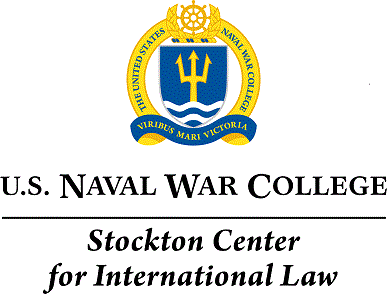
Abstract
The potential for urban violence is increasing as the world population continues to migrate towards cities. Recent examples of urban warfare with insurgent groups has occurred in Damascus, Mosul, Raqqa, Marawi, Ramadi, and Fallujah, although non-State actor conflict covers a wide range of violence from ordinary crime, to terrorism and transnational crime, to near conventional conflict. Further, transnational terrorist groups have sought to extend the conflict into countries seen as the “far enemy.” A key issue is determining if an armed conflict is in existence so that the protective focus of international humanitarian law regarding the provision of medical care and humanitarian relief will be applied.
However, even where an armed conflict does exist, consideration must also be given to human rights law. This occurs for a number of reasons, including its continuing application during armed conflict, rulings by human rights courts that view that body of law as exclusively governing internal “counterterrorism operations,” a decision by States to deny the existence of an armed conflict, or a policy decision that law enforcement operations will be exclusively applied to counter a terrorist or insurgent threat. The result has been an increasing recognition of the applicability and relevance of both bodies of law.
While humanitarian law provides a more comprehensive and specific body of rules for the provision of medical care, human rights law has a role to play, particularly since it better addresses the broader dimensions of health care. With many States preferring a human rights-based law enforcement approach even during armed conflict there likely will be a trend towards incorporating humanitarian based obligations into human rights law-based medical care considerations. In any event, challenges remain regarding the treatment of civilians who are increasingly the victims of urban violence. These include providing adequate medical care to civilians at the tactical level; the targeting of medical hospitals, clinics, and medical personnel; and the impact of explosive weapons in an urban environment. Whether medical care is provided under international humanitarian law or human rights law, the focus must remain on ensuring both military personnel and civilians are equally protected under the law.
html
Included in
Human Rights Law Commons, International Humanitarian Law Commons, International Law Commons, Military, War, and Peace Commons
